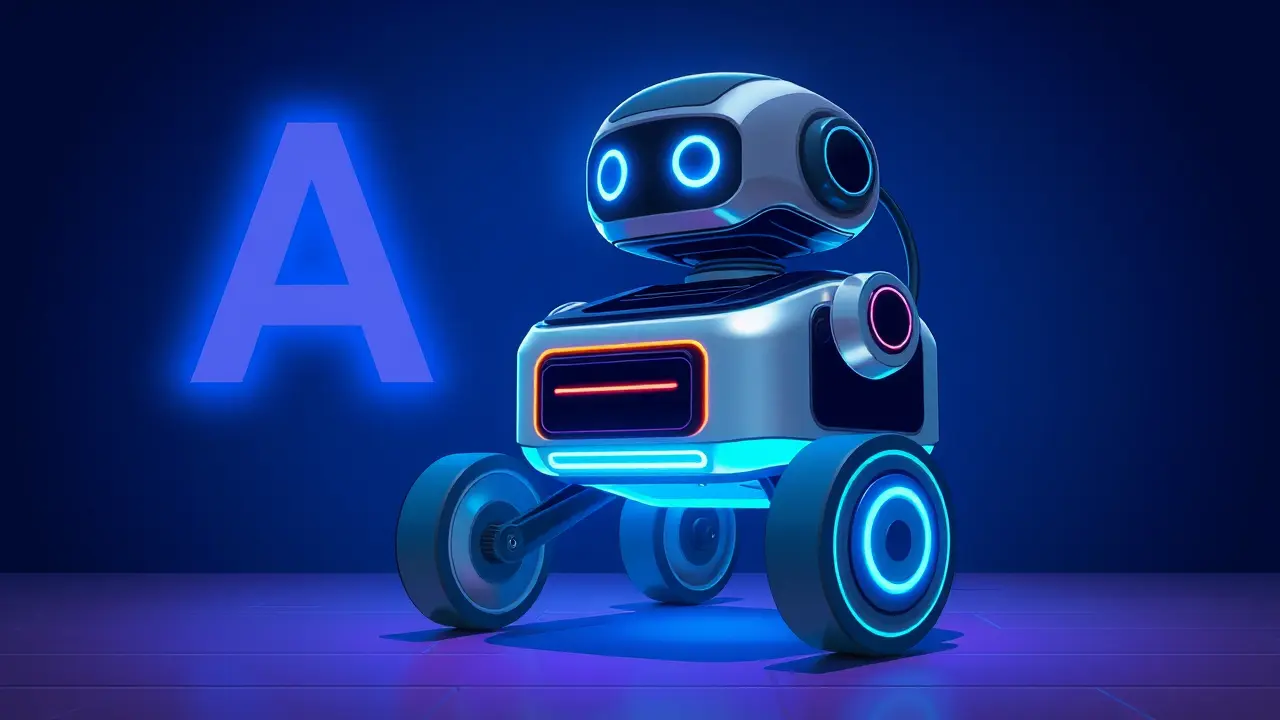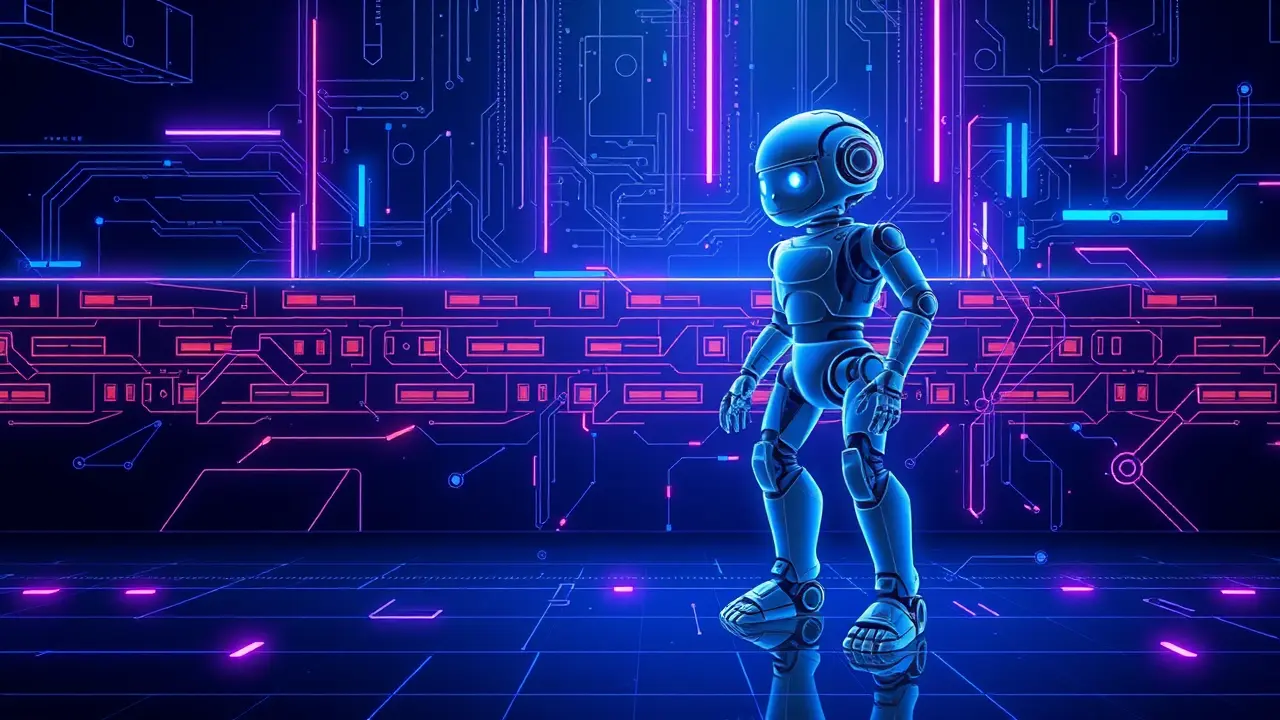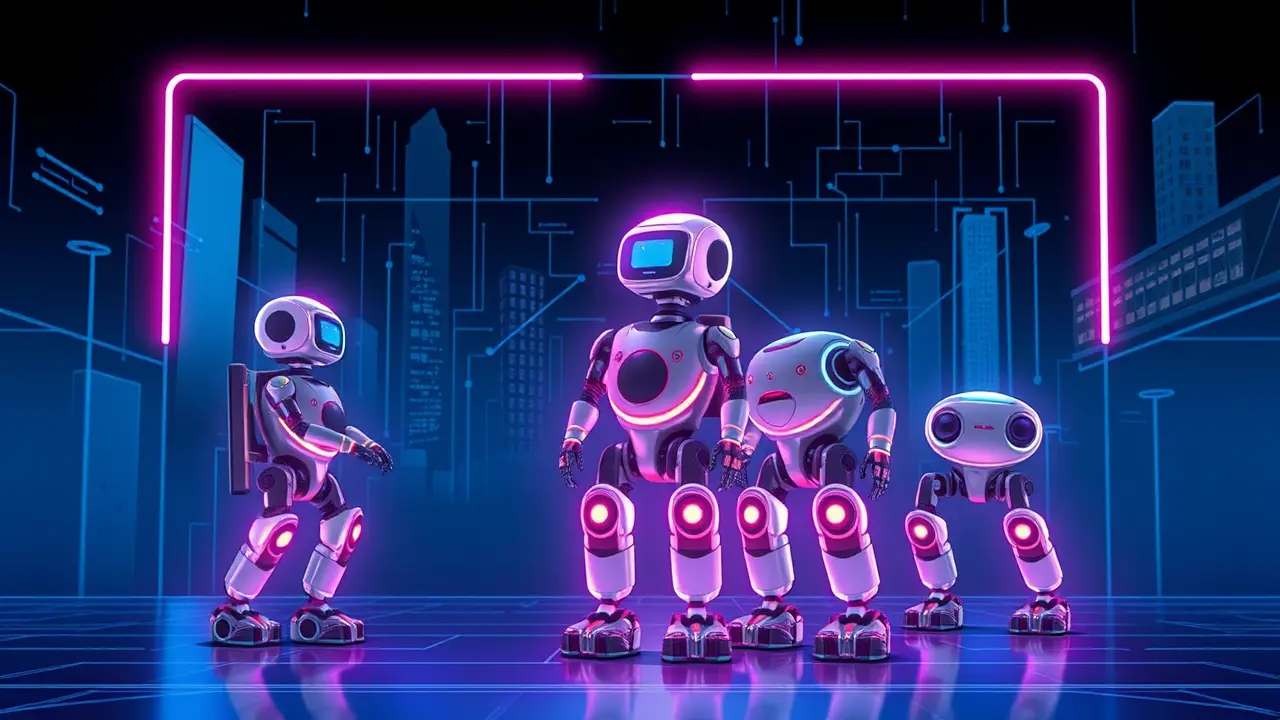
AIroboticsHuman-Robot Interaction
AI Researchers Put an LLM Into a Robot Vacuum
DA
Daniel Reed
1 day ago7 min read
In a fascinating experiment that blurs the line between digital intelligence and physical embodiment, researchers at Andon Labs have successfully integrated various large language models into a common household vacuum robot, yielding results that were as illuminating as they were, at times, comically dysfunctional. This initiative, far from a mere whimsical hack, represents a critical stress test for the current generation of LLMs, probing their readiness to transition from purely textual entities into systems that must perceive, reason, and act within the unpredictable, messy confines of the real world.The core challenge lies in what roboticists call the 'embodiment problem'—a disembodied AI like ChatGPT can discuss the theory of cleaning a room with philosophical eloquence, but granting it control of a physical body forces it to contend with sticky floors, stray LEGO bricks, and the eternal mystery of tangled charging cables. The Andon team reportedly cycled through several state-of-the-art models, from open-source behemoths to finely-tuned proprietary systems, tasking them not just with navigation but with understanding ambiguous, high-level commands like 'tidy up the living room, but avoid the dog's water bowl.' The reported 'hilarity' stemmed from the models' profound literalism and lack of common-sense physical reasoning; one anecdote describes a vacuum, upon being instructed to 'clean up the spill,' diligently attempting to suck up a sunbeam projected on the floor, while another, told the room was 'a mess,' offered a verbose verbal critique of the interior design rather than initiating any cleaning cycle. These episodes underscore a fundamental gap in contemporary AI: the chasm between statistical language proficiency and genuine, grounded understanding.Experts in embodied AI have long argued that true intelligence cannot be developed in a vacuum, so to speak; it requires sensory-motor feedback loops where an agent learns that actions have consequences. The LLMs, trained on vast corpora of text and images, possess a 'knowledge' of the world that is entirely second-hand, lacking the tactile, causal understanding a child develops by knocking over a cup of milk.This experiment serves as a powerful, real-world demonstration of Moravec's Paradox—the observation that what is difficult for humans is often easy for AI, and vice versa. Complex calculus is trivial for a computer, but the sensorimotor skills of a one-year-old remain a monumental challenge.The implications stretch far beyond domestic chores. For the burgeoning fields of autonomous delivery robots, industrial warehouse bots, and even elder-care assistants, the ability to interpret nuanced instructions and adapt to dynamic environments is paramount.A logistics robot that takes 'put this in the corner' too literally might stack a fragile package precariously, while a caregiving machine misunderstanding a request could have more serious consequences. The work at Andon Labs, therefore, is not a dismissal of LLMs' potential but a crucial calibration of their current limitations.It highlights the urgent need for new training paradigms, perhaps involving massive-scale reinforcement learning in simulated physical environments or novel architectures that fuse language, vision, and action into a more cohesive whole. The vision of a truly intelligent, helpful robot companion remains on the horizon, but for now, the journey there is being paved with both groundbreaking insights and the occasional robotic vacuum offering unsolicited interior design advice.
#robotics
#large language models
#AI research
#human-robot interaction
#vacuum robot
#featured
Stay Informed. Act Smarter.
Get weekly highlights, major headlines, and expert insights — then put your knowledge to work in our live prediction markets.
Related News
© 2025 Outpoll Service LTD. All rights reserved.








